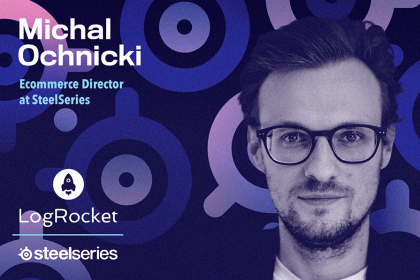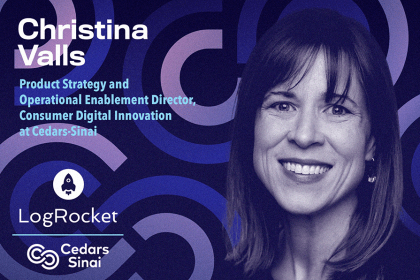
AI governance is now a product feature. Learn how to embed trust, transparency, and compliance into your build cycles.

Rachel Bentley shares the importance of companies remaining transparent about reviews and where they’re sourced from to foster user trust.

Michal Ochnicki talks about the importance of ensuring that the ecommerce side of a business is complementary to the whole organization.

Christina Valls shares how her teams have transformed digital experiences at Cedars-Sinai, including building a digital scheduling platform.